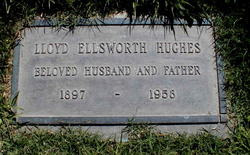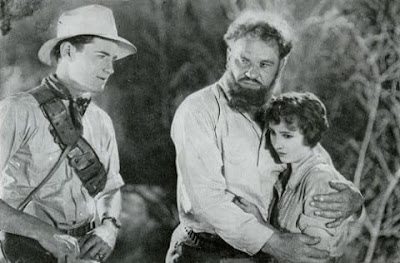1887-1972
Born today, just in time for Halloween, the conspiracy creep that was Myron Coureval Fagan. Now I don't usually get so opinionated on my birthday posts here...at least I try hard not to, but this guy was genuinely a racist and a menace of his time. He also was deeply involved with the theater and, up to a point, films. Fagan was born this day in some location in the state of Illionios. He was first, and ultimately foremost, a playwright. He had been a younger presence on Broadway from 1907, where he eventually also became a theatrical director. His association with actors of note is a long list. But, he also got embroiled in politics very early on; in 1916 he got so deeply involved in the a Republican run for the white house that Herbert Hoover asked him to work for his campaign in 1928--an offer Fagan turned down. Although he did not move to Hollywood until 1930, due (it seems) in part to the beginning of the Great Depression, films of his plays had been made before that in the 1920's. The first of them was Mismates, a Charles Brabin directed feature from 1926 starring Doris Kenyon (made for First National). The most important production of his work made into a film also came in the 1920's and starred his own wife, actress Minna Gombell. The Great Power had been produced on Broadway with pretty big success in 1928, it's being made into a film the following year would mark Fagan's only foray deep into the world of film-making. Not only did he adapt his own play into the screenplay, he also shot film, garnering him his only credit as a cinematographer. The film was a talkie, and featured the rarely unitized Bristolphone sound system. For the film version of The Great Power, the entire cast from the stage production reprised their roles. The film was also a complete flop and was quickly replaced (after just one showing) by a silent film in it's place of premiere in New York: the Capital Theater. The only other film that he was officially involved with came in 1931 when he adapted for the screen the novel of another writer. He was one of three writers who adapted one of Max Brand's western novels for A Holy Terror (July, 1931). One of his plays was in turn adapted into a film in 1931 as well; Smart Woman was adapted by Salisbury Field and was based on Fagan's play Nancy's Private Affair; a comedy, it starred Mary Astor and was released in September. Despite that he was hired in Hollywood by Pathe, which at the time was owned by Joe Kennedy Sr., (now remembered as the father of JFK and brother Robert Kennedy) as an in-house writer, Fagan never made much of the position. I do not know if this had anything to do with his later views and behavior, but it seems a little suspicious to me that prominent figure such as Kennedy Sr.--father of a future president and grooming his sons for political careers--being Fagan's boss in the 1930's would not have had a hand in his virluent anti-communist "red scare" theories coming to the fore (many of his conspiracy fantasies of the 1960's involved the Kennedys). I am not here to get into the mind of any conspiracy theorist--especially NOW, so feel free to look up Fagan if you are interested in his history from 1945 and beyond. I will say, there is NOTHING new under the sun. Fagan and Gombell never divorced and never left Hollywood (mostly due to her career there), he died in Los Angeles on the 12th of May in 1972 at the age of 84. I can find no information on his "death arrangments." His wife, who survived him by a year, was buried back in her home city of Baltimore, Maryland, so it is unlikely that they are buried together.





















































